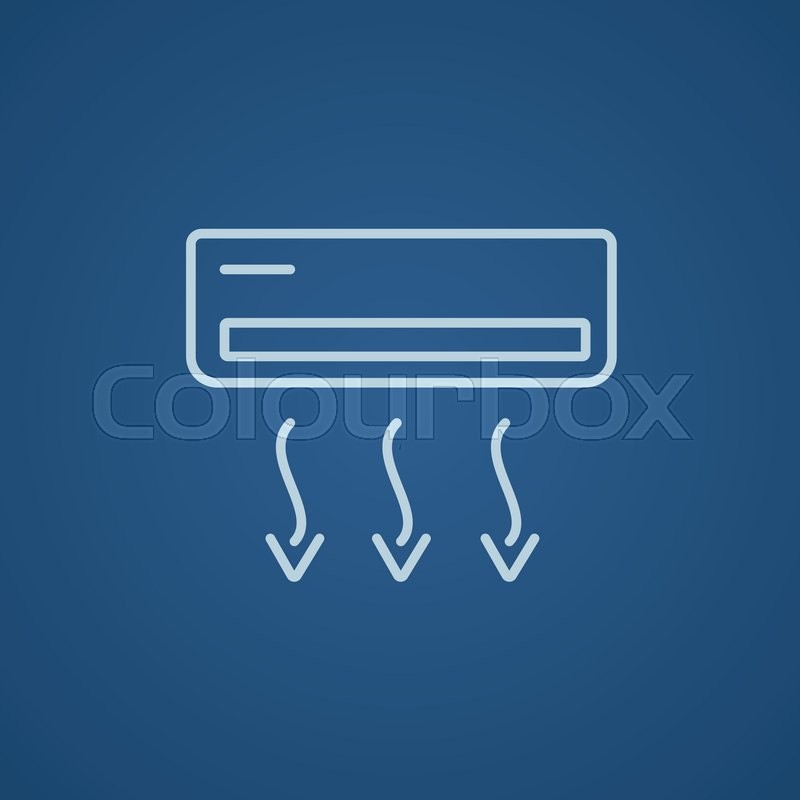The Ultimate Guide To Comprehending Heat Pumps - Exactly How Do They Work?
The Ultimate Guide To Comprehending Heat Pumps - Exactly How Do They Work?
Blog Article
Material Written By-Grady Singer
The best heatpump can conserve you considerable quantities of cash on energy bills. They can additionally help reduce greenhouse gas discharges, specifically if you use electrical power instead of fossil fuels like propane and heating oil or electric-resistance heating systems.
Heatpump function significantly the like air conditioning system do. This makes them a practical option to standard electrical home furnace.
How They Work
Heatpump cool down homes in the summer season and, with a little aid from electrical power or gas, they supply several of your home's heating in the winter months. They're an excellent alternative for people who wish to lower their use of fossil fuels but aren't prepared to change their existing heating system and a/c system.
They rely upon the physical truth that even in air that appears too cold, there's still energy existing: warm air is always moving, and it intends to move into cooler, lower-pressure atmospheres like your home.
The majority of power STAR licensed heat pumps run at near their heating or cooling capability throughout the majority of the year, decreasing on/off cycling and conserving power. For the very best efficiency, focus on systems with a high SEER and HSPF score.
The Compressor
The heart of the heat pump is the compressor, which is likewise called an air compressor. This mechanical flowing gadget uses potential power from power production to raise the pressure of a gas by decreasing its quantity. It is various from a pump in that it only services gases and can't work with fluids, as pumps do.
Atmospheric air enters the compressor via an inlet shutoff. It circumnavigates vane-mounted arms with self-adjusting size that split the inside of the compressor, producing numerous cavities of varying size. The rotor's spin forces these dental caries to move in and out of phase with each other, compressing the air.
The compressor attracts the low-temperature, high-pressure refrigerant vapor from the evaporator and presses it right into the hot, pressurized state of a gas. https://www.wate.com/living-east-tennessee/prepare-your-hvac-for-warmer-weather/ is repeated as required to supply home heating or cooling as required. heat pumps installation consists of a desuperheater coil that recycles the waste heat and adds superheat to the cooling agent, changing it from its liquid to vapor state.
The Evaporator
The evaporator in heatpump does the exact same point as it does in refrigerators and a/c unit, changing fluid refrigerant right into an aeriform vapor that removes warm from the space. Heatpump systems would not function without this crucial piece of equipment.
This part of the system lies inside your home or structure in an indoor air handler, which can be either a ducted or ductless system. It contains an evaporator coil and the compressor that compresses the low-pressure vapor from the evaporator to high pressure gas.
Heat pumps absorb ambient heat from the air, and afterwards utilize electrical energy to move that warm to a home or business in heating setting. That makes them a lot a lot more energy effective than electrical heating units or heaters, and due to the fact that they're making use of tidy electrical energy from the grid (and not shedding fuel), they additionally create far less discharges. That's why heatpump are such great ecological options. (Not to mention a significant reason they're ending up being so preferred.).
The Thermostat.
Heatpump are fantastic choices for homes in chilly environments, and you can use them in combination with typical duct-based systems or even go ductless. They're an excellent different to nonrenewable fuel source heating unit or standard electric heaters, and they're more sustainable than oil, gas or nuclear a/c devices.
Your thermostat is one of the most important component of your heatpump system, and it functions really differently than a conventional thermostat. All mechanical thermostats (all non-electronic ones) job by utilizing substances that change size with enhancing temperature, like curled bimetallic strips or the broadening wax in a cars and truck radiator shutoff.
These strips contain two various types of metal, and they're bolted with each other to develop a bridge that completes an electrical circuit connected to your heating and cooling system. As the strip gets warmer, one side of the bridge broadens faster than the various other, which creates it to flex and signal that the heating unit is required. When the heat pump is in home heating mode, the reversing valve turns around the flow of cooling agent, to ensure that the outdoors coil now operates as an evaporator and the indoor cylinder ends up being a condenser.